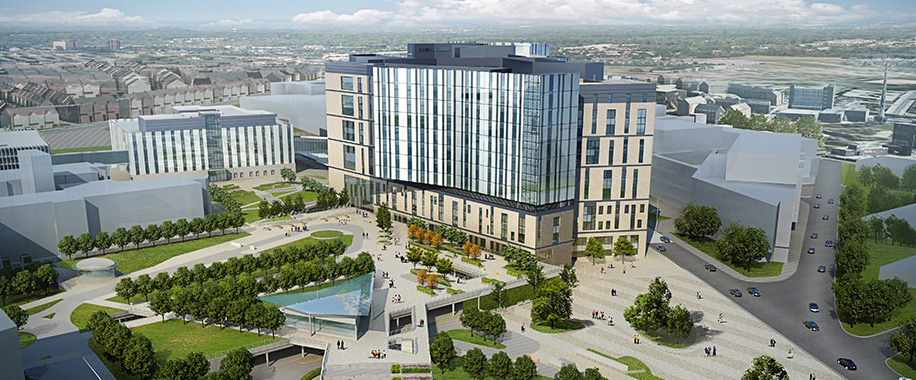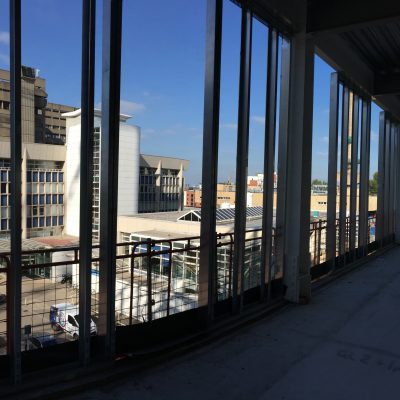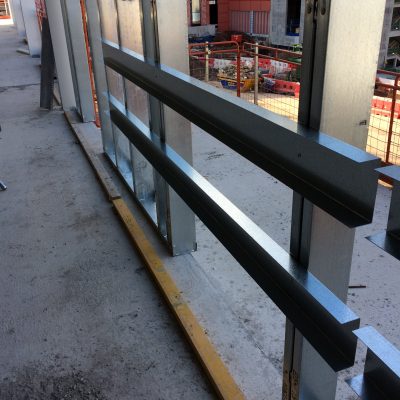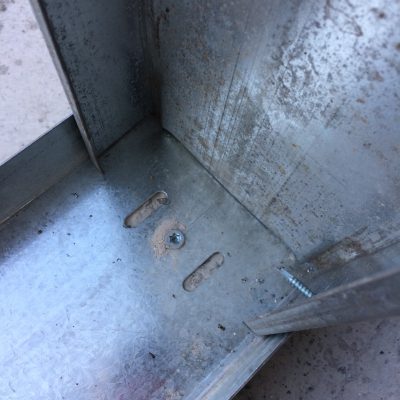The new Royal Liverpool University Hospital is the centre for specialist, complex and emergency care.
It is situated near a thriving city centre, in one of the fastest growing areas of Liverpool. Located next door to renowned universities, including the medical school and the Liverpool School of Tropical Medicine, the build enables the delivery of the Liverpool BioCampus and health park.
Backed by the Mayor Joe Anderson, the hospital has put Liverpool on the map as the ‘science city’.
Key Data
Architect:
NBBJ
Client:
Royal Liverpool and Broadgreen
University Hospitals NHS Trust
Engineer:
TPS Consult
Main Contractor:
Carillion
Installer/EOS Client:
Prater
Steel Framing Systems Supplier:
EOS
Materials / Type of System:
Stud & Track
DESIGN AND VISION
The Clinical Services Support Building (CSSB) is the first of three phases of the redevelopment. It encompasses the main structure as well as two link bridges, one spanning between the Acute and CSSB and the other linking to an existing multi-storey car park.
The CSSB has a total footprint of 60m x 40m, with steelwork erected around a regular 9.9m x 6.6m grid pattern. The ground floor also incorporates a double height service yard. It was crucial that Trust requirements were to be followed when choosing which material to use. After an appraisal, steel was opted for the CSSB because of its speed and quality of construction. The largest steel element of phase one is the five-storey CSSB and its two link bridges, for which EOS supplied Elland Steel Structures – totalling more than 900t of structural steelwork.
CONSTRUCTION
EOS manufactured general infill with some tall spans for this build and worked closely with Hilti to perform pull-out testing on fixings on site. A 100t capacity mobile crane was used to lift four 2m-deep girders, spanning 20m and each weighing 17t, that form the yard’s open plan space. Two structural steel masonry lined cores provide the majority of the steelwork’s stability, along with bracing. The main core was installed as part of the first steel erection phase, providing the steel erectors with sufficient temporary stability which all other areas of the structure could be erected from. Five phases, working to the full height of the building were needed to complete the structure.
The construction of the double height service yard involved the project’s heaviest steel members – four 2m-deep girders, spanning 20m and each weighing 17t – requiring a variety of different mobile cranes. A series of 10m-high, 559mm diameter Circular Hollow Sections (CHS), with 25mm thick walls, support the girders. Once each CHS was installed, each member was filled with concrete to add to the overall robustness of the column supports.
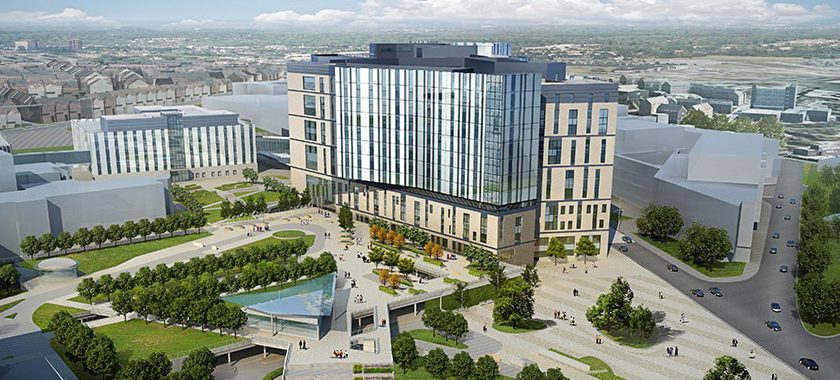
POSITIVE OUTCOMES
EOS provided their Infill Steel Framing Solution to the build. This was part of a major scheme, which was ideal for EOS to work on as they were able to showcase their award winning steel framing systems. The scheme was also the first time EOS had worked closely with main contractor, Carillion, providing the opportunity to form a strategic alliance with them from the early design stages onwards.
